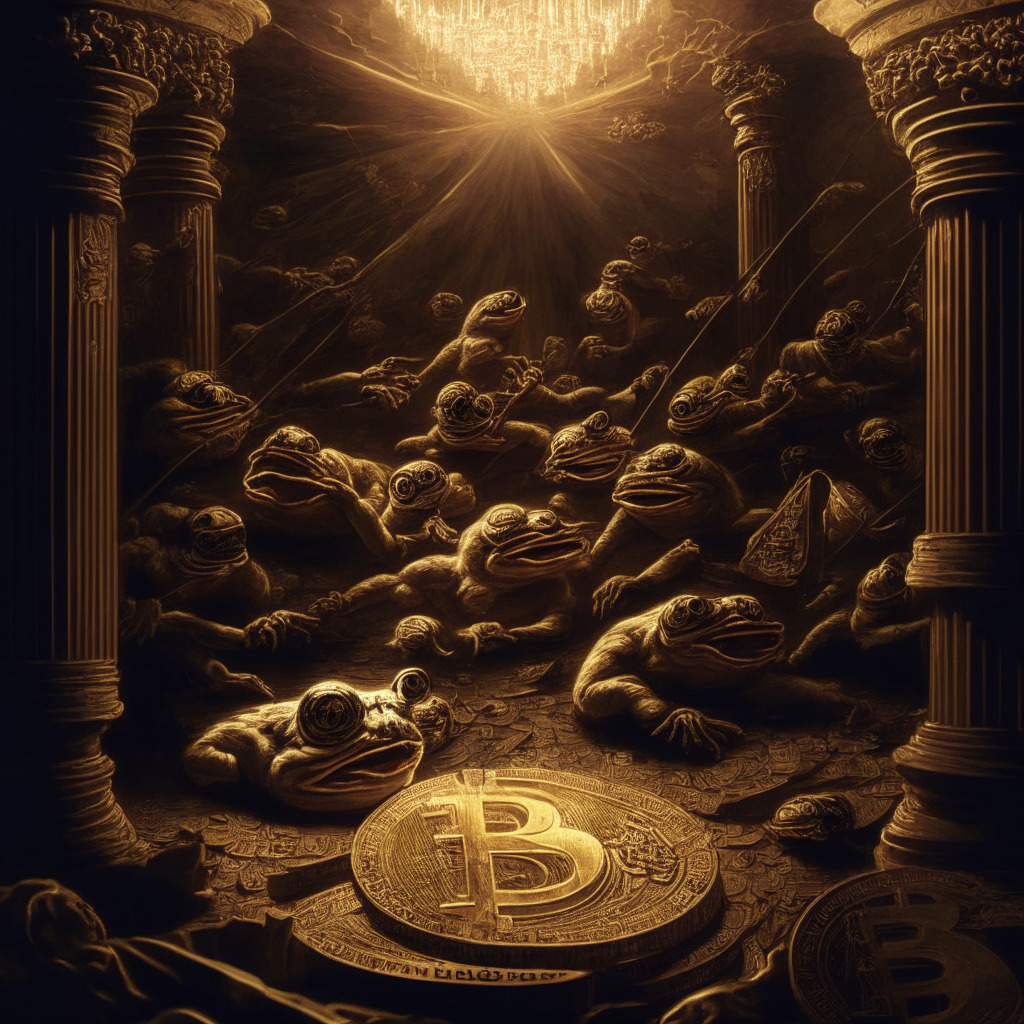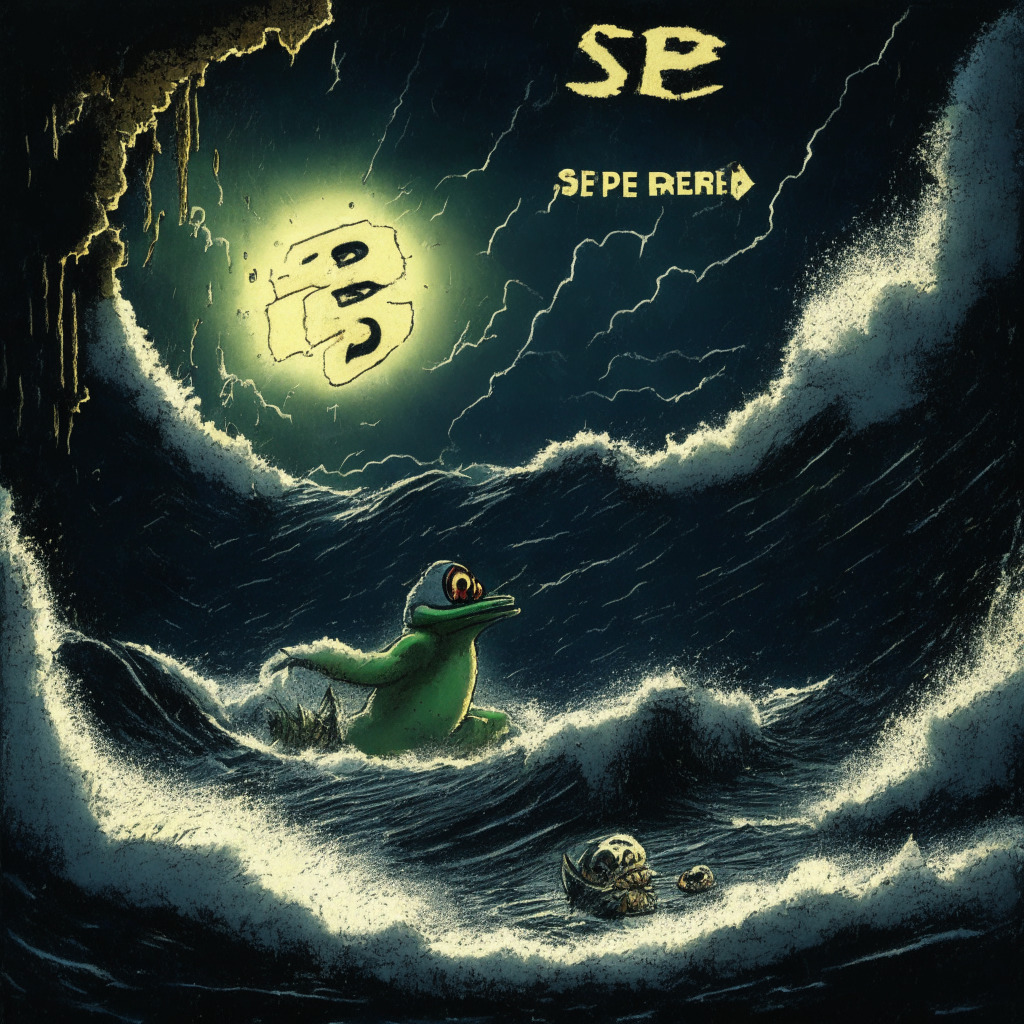The presence of a longer weekend in the U.S. has led to quieter crypto markets. This week expected a higher volume of economic data, which was presumed to shake the markets up. However, a different story unfolds with Bitcoin down by 1.1% to $30,807 and Ether following suit at $30,807, down by 0.8%. Data from CoinGlass reflects a decline in trading volume throughout major exchanges, falling between 15-20%. The devaluation of risk assets like tech stocks and crypto could be affected as fiat liquidity subsides.
On the other side of the coin is the dispute surrounding GameFi’s Ponzi issues. In an interview, Yat Siu, co-founder of Animoca Brands, negated the notion of GameFi being a Ponzi scheme. According to critics, GameFi’s Play to Earn model functions like Ponzi schemes, by relying on the transfer of wealth from new to old players rather than sustainable gameplay activities. Mr. Siu, however, believes that GameFi’s essence lies in its transparency, not in creating financial value.
Interestingly, the gaming industry has always been ridden with interventions of economic scales. In the early 2000s, U.S. political gadfly Steve Bannon operated a World of Warcraft virtual gold trading desk in Hong Kong. However, it’s the dismissive stance that Mr. Siu takes on GameFi’s Ponzi problem that might be a setback.
In 2022, Vader Research, a web3 gaming market research company, argued that the current wave of web3 games are designed for ponzi-return seeking crypto traders, hindering the adoption by fun-seeking traditional gamers. They believed that unrealistic returns offered by GameFi projects would hamper long-term crypto adoption and stifle the growth of genuine Web3 gaming.
Real-life cases validate Vader Research’s concerns. Axie Infinity, advertised more as a wealth creation scheme than an engaging game, had its AXS token falling by 55% during the last year. The platform averaged around 362,000 players in the last month, a sharp decline from January 2022’s high of 2.7 million.
The tokens of Animoca Brands have seen an 18% dip in the last six months, and a 17% decline over three years. These statistics compare unfavorably with other investors’ returns. As an example, A16z’s return is up 20% over the last six months and an impressive 375% over three years.
These real-world cases could serve as a wake-up call for the gaming industry to reassess its outlook on GameFi projects that camouflage their Ponzi-like nature. This argument challenges Mr. Siu’s viewpoint and calls for a deeper understanding of GameFi’s structure. The evolution of emerging markets such as GameFi is inevitably fraught with changes and challenges. However, a clear understanding of the underpinnings of these markets is crucial for sustainable growth.
Source: Coindesk




